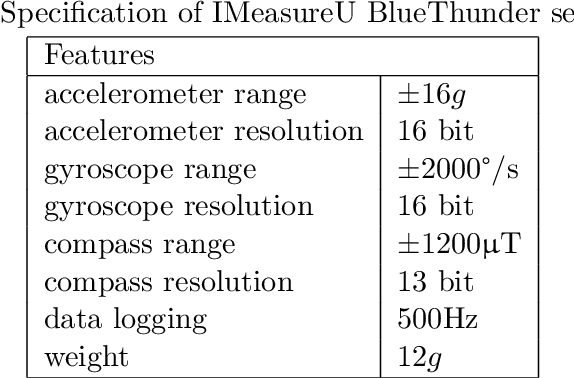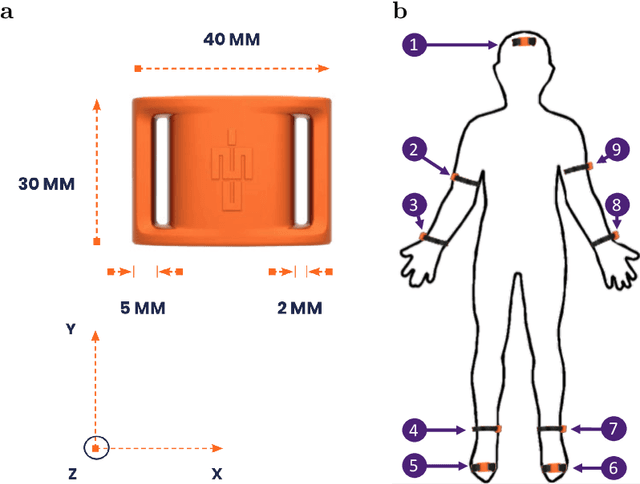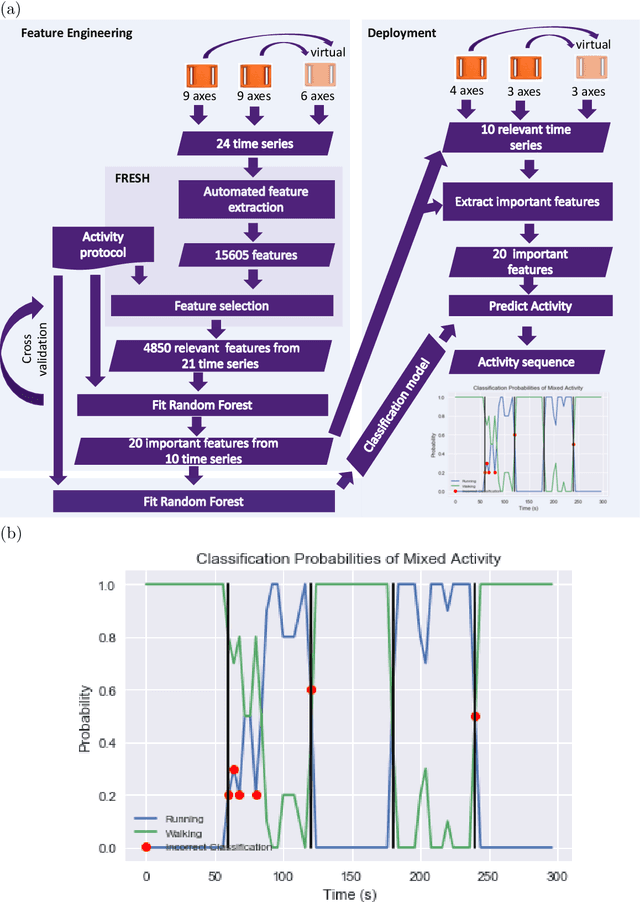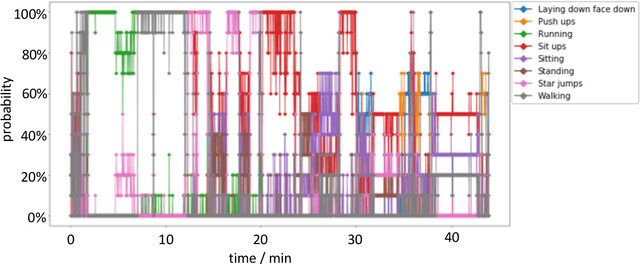Feature engineering workflow for activity recognition from synchronized inertial measurement units
Paper and Code
Dec 18, 2019



The ubiquitous availability of wearable sensors is responsible for driving the Internet-of-Things but is also making an impact on sport sciences and precision medicine. While human activity recognition from smartphone data or other types of inertial measurement units (IMU) has evolved to one of the most prominent daily life examples of machine learning, the underlying process of time-series feature engineering still seems to be time-consuming. This lengthy process inhibits the development of IMU-based machine learning applications in sport science and precision medicine. This contribution discusses a feature engineering workflow, which automates the extraction of time-series feature on based on the FRESH algorithm (FeatuRe Extraction based on Scalable Hypothesis tests) to identify statistically significant features from synchronized IMU sensors (IMeasureU Ltd, NZ). The feature engineering workflow has five main steps: time-series engineering, automated time-series feature extraction, optimized feature extraction, fitting of a specialized classifier, and deployment of optimized machine learning pipeline. The workflow is discussed for the case of a user-specific running-walking classification, and the generalization to a multi-user multi-activity classification is demonstrated.
 Add to Chrome
Add to Chrome Add to Firefox
Add to Firefox Add to Edge
Add to Edge